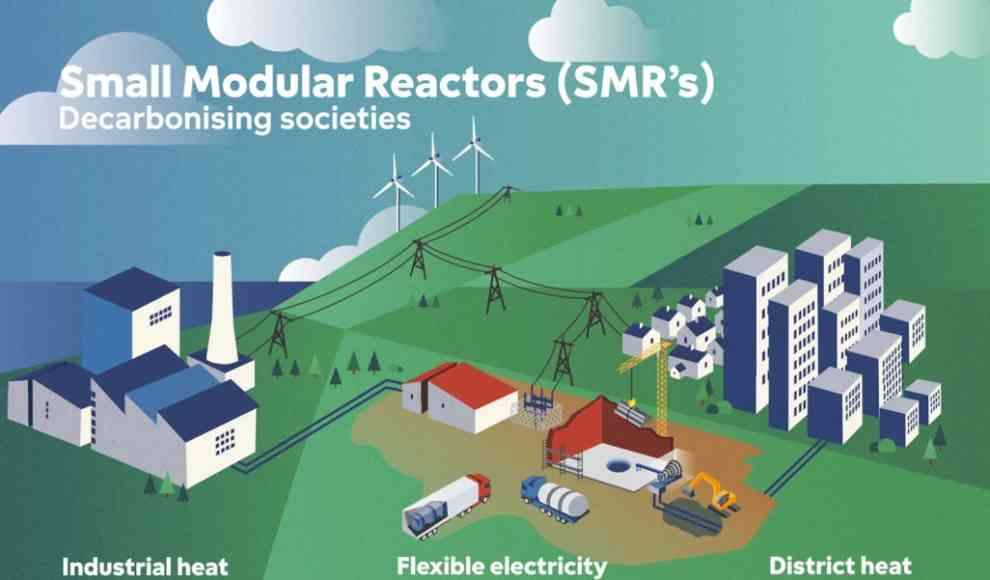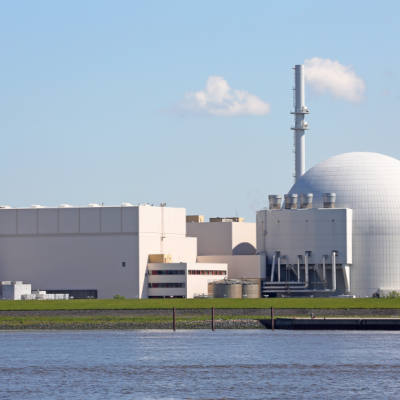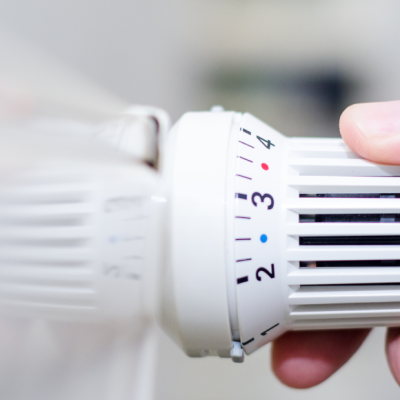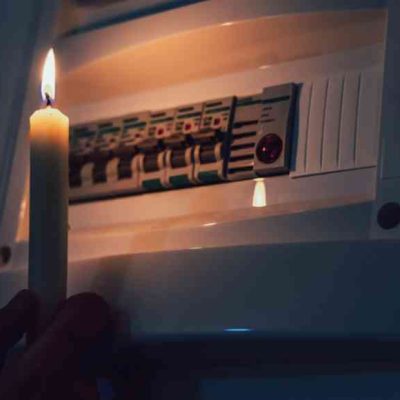The Baltic states of Estonia, Latvia, and Lithuania are still dependent on Russia for their electricity supply, despite the collapse of the Soviet Union 30 years ago. However, this is set to change by 2025, as Estonian energy company Fermi Energia, Finnish energy company Fortum, and Tractebel Engineering have joined forces to develop and build a Small Modular Reactor (SMR). This mini nuclear power plant, with up to 300 MW capacity, could provide the countries with electricity without CO2 emissions. Unlike third-generation conventional nuclear power plants, SMRs are cheaper and quicker to build, as they consist of standardized modules that can be constructed in a factory. They are also considered safer to use.
However, before the SMR can be built in Estonia, the issue of radioactive waste disposal must be addressed. A study by consulting firm Deep Isolation, commissioned by Fermi Energia, has shown that Estonia’s geology offers suitable locations for the storage of nuclear waste. Other companies and countries are also researching SMRs, with known projects including Carem-25 in Argentina, a prototype SMR referred to as a research reactor by the International Atomic Energy Agency, and the floating nuclear power plant Akademik Lomonossow in Siberia. The US military is also set to receive mobile nuclear power plants to supply small bases without access to the normal power grid.
However, the use of nuclear power is not without controversy. A recent meta-study by environmental economist Professor Sigrid Stagl, commissioned by the Austrian government, showed that the operation of nuclear power plants has significant environmental impacts beyond radioactive waste and slows down the further adoption of renewable energy. Whether the planned SMR project in Estonia will produce electricity without CO2 emissions remains a topic of debate.










